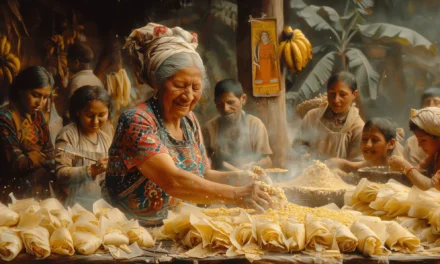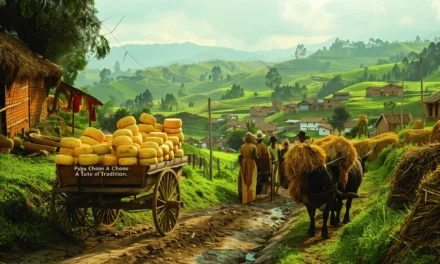A Trip Through Antioquia’s Past: The History of the Paisa Tray
The “Bandeja Paisa” or Paisa tray is one of the most representative dishes in Colombia. It has its origin in Antioquia. Reading about this unique dish’s history is like taking a trip through the different aspects of this region.
It’s important to remember that different kinds of beans were a crucial source of protein for the natives. While they did hunt regularly, this wasn’t always a reliable source of protein. When the Spanish conquerors arrived, they described native beans as a regular part of the diet of the natives. During the colony, this trend did not change, and beans became an important part of the diet in this region of Colombia.

The terrain of Antioquia is very mountainous and hilly, so it’s no wonder that transportation has always been a big concern for the people living there. It’s kind of like a big bowl of spaghetti – all those mountains and valleys make it tough to get around! The territory was unexplored in most parts, and the first settlements were focused on gold extraction.
The economy in the region was crappy, so these settlements had to change activities. Many merchants began small enterprises transporting goods and supplies among towns and villages. It was sort of like Uber but with donkeys.

The government began the application of the model of concessions to build roads and populate remote areas. This was back in the day when people used horses and carriages to get around. But then, a huge migration of people from Antioquia to the remote areas at the center of Colombia (what today is called Caldas, Risaralda, and Quindío happened, including territories from Tolima and Cauca). People explored the rainforest, cleared the area, and in exchange, they received a small property in the area.

“The rebuilding dish”: A dish for those looking to rebuild their lives
When the settlers needed to do some heavy lifting, they would chow down on a “Bandeja de Arriero” or “Arriero tray.” This dish was packed with calories to give the settlers the energy they needed to do the job. The settlers used all the ingredients available in abundance in the rainforest or easy to cultivate and raise.
Most families went to the rainforest with seeds, panela, sugar cane, chickens, pigs, and cattle to build a settlement and eventually a farm where they could raise their families. It was like one big, happy family reunion, except with more bugs, and everyone was sweaty all the time. But it was worth it because now they had a chance to build a new life for themselves and their children.
This dynamic had a positive effect on the economy by increasing purchasing power and demand for different goods, supplies, and services. Families in Antioquia started to accumulate capital and invest it in different industries to generate profits and eventually satisfy a growing demand in the region and for Colombia in general.
The changes in the region during the 20th century were so drastic that even the food had to adapt. Before, people only had to worry about hunting and gathering their food, but with the introduction of industrialization and railroads, people had to start finding new ways to get their food. In Antioquia, people started buying food from the local farmers’ market, and the “Bandeja Paisa” became more accessible with its abundant ingredients and some ingredients that were already ready to use, like cornmeal and local charcuterie.
It’s important to keep in mind that “Bandeja Paisa” didn’t exist until the mid-1900s. This dish was invented by local restaurants that offered customers a variety of ingredients to choose from. You could say that these restaurants gave birth to the “create your own Bandeja Paisa” trend. Some people preferred to have everything served to them on one tray, so the restaurant managers obliged.
Despite its massive size, “Bandeja Paisa” is still a very important dish for people in Antioquia. With 47 different kinds of beans to choose from, it’s no wonder this dish is so popular. However, its size can be a bit overwhelming for those trying to eat healthily. Smaller portion size is definitely recommended.




